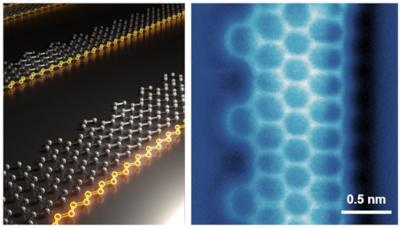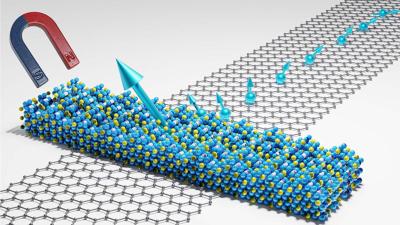Trilayer graphene enables new platform for studying quantum materials
Researchers from MIT, Princeton University, SLAC National Accelerator Laboratory and Japan's National Institute for Materials Science have created a new ultrathin 2D material with unusual magnetic properties that initially surprised the researchers before they went on to solve the complicated puzzle behind those properties’ emergence. As a result, the work introduces a new platform for studying how materials behave at the most fundamental level — the world of quantum physics.
The scientists, led by MIT's Pablo Jarillo-Herrero, worked with three layers of graphene. Each layer was twisted on top of the next at the same angle, creating a helical structure reminiscent of a DNA helix.


